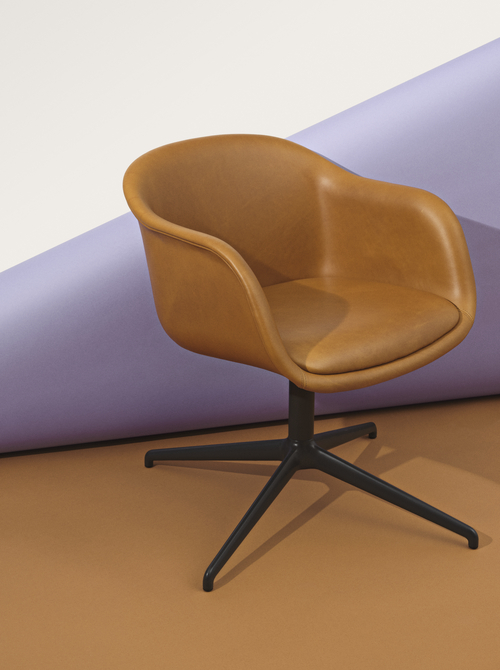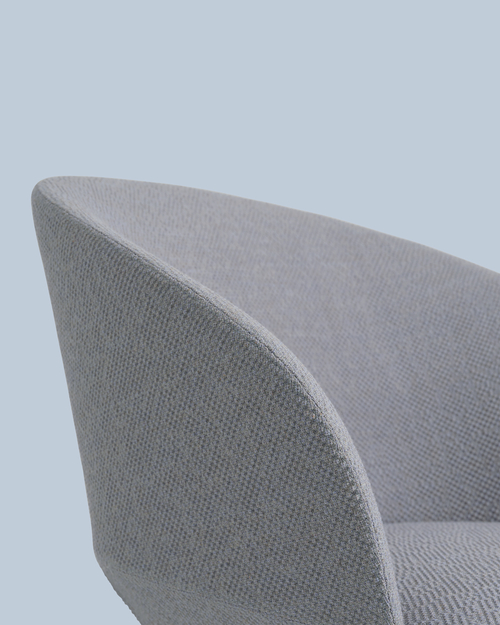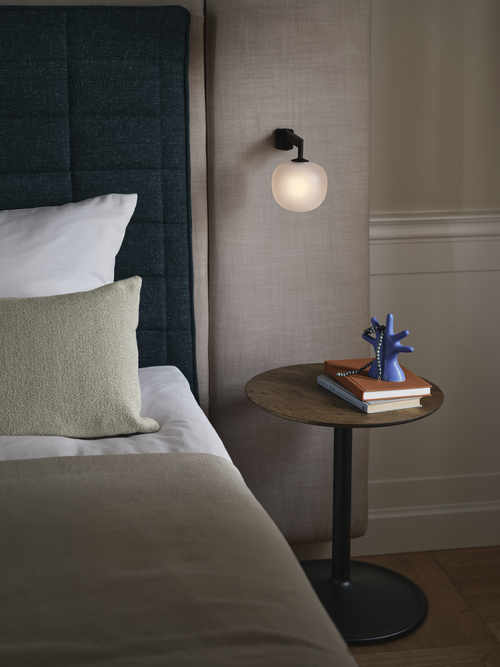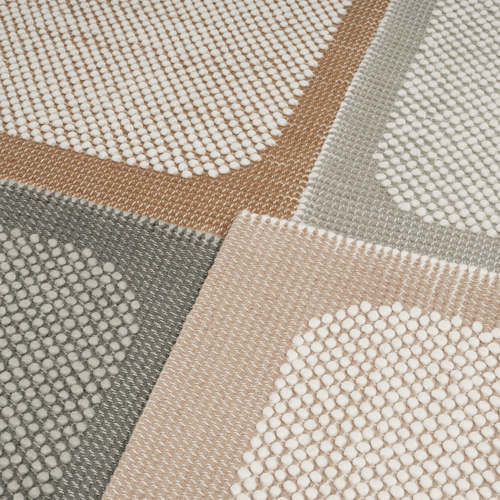Susan Magsamen is a long-time collaborator and friend of Muuto, the executive director of the International Arts + Mind Lab at Johns Hopkins University and
co-director of the NeuroArts Blueprint. Her research centers on the human experience of aesthetics – a field adequately dubbed neuroaesthetics – examining the impact of architecture, art and de- sign on our behavior and sense of wellbeing.
Catching up with Susan, we spoke of design’s potential for producing wellbeing, the importance of expressing an authentic self in the places we work and live in, and how we can combine neuroaesthetic elements or universal truths about light, form and tactility to create more poignant spaces that truly make us flow.
Susan — There's a lot of work right now in thinking about things like flourishing or thriving – really being your authentic self. Even though we all have the same biology, my conditioning, my experiences, my genetics, make me respond to arts and aesthetic experiences differently.














